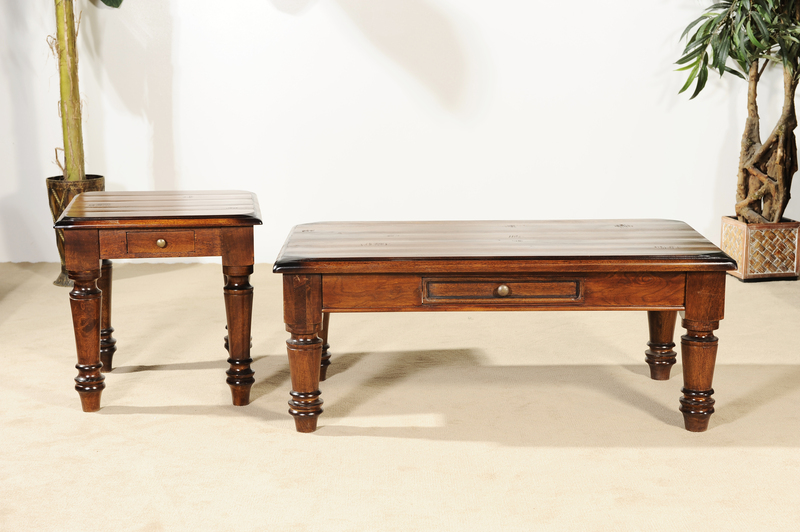Transform Your Closet: Fresh Ways to Recycle Worn Clothes
If you're looking for innovative ways to recycle worn clothes and breathe new life into your wardrobe, this comprehensive guide will give you all the inspiration you need. Sustainable fashion is not just a trend; it's a movement that helps save the planet while letting you express your unique style. Whether you have torn jeans, faded shirts, or old sweaters, learn how to transform your closet with creative and practical solutions.
Why Should You Recycle Worn Clothes?
Every year, millions of tons of clothing end up in landfills, contributing to environmental pollution and resource waste. *Fast fashion* has made clothes more disposable than ever, but the world is waking up to the impact. By recycling your old clothes or upcycling, you:
- Reduce textile waste and greenhouse gas emissions
- Conserve resources used in clothing production, such as water and energy
- Save money by making the most of what you already own
- Express creativity by personalizing your wardrobe
- Support the circular economy and sustainable living
Understanding the Lifecycle of Clothes
It's crucial to remember that every piece of clothing has a journey--from raw material to fabric, design, production, purchase, and eventual disposal. By choosing to recycle, upcycle, or repurpose, you extend the lifecycle of each item, lessening environmental impact.

Creative Ways to Recycle and Upcycle Old Clothes
Ready to get started? Discover fresh ways to recycle worn clothes and transform your closet with these innovative ideas:
1. Upcycle Clothes Into New Fashion Pieces
Upcycling means turning your old garments into something new and fashionable. Don't toss out a stained t-shirt or ripped jeans--give them a second chance!
- Turn jeans into shorts: Cut old jeans above the knee, fray the hems for a trendy look, and add iron-on patches or embroidery for a personal touch.
- Make crop tops from worn t-shirts: Slice off the bottom half and add fringe or beads for a boho style.
- Patchwork clothing: Combine fabric scraps from various items to create unique jackets, skirts, or tote bags.
- Sweater to mittens: Repurpose a worn-out sweater by turning the sleeves into cozy mittens and the body into a beanie.
- Dress to skirt: Transform dresses with damaged tops into stylish skirts by cutting and hemming as needed.
2. Repurpose Worn Clothes for Home Decor
Your worn-out clothes can add a unique touch to your home. Here's how:
- T-shirt quilts: Gather old tees with sentimental value and stitch them together for a cozy memory blanket.
- Fabric garlands and banners: Cut colorful strips from blouses or shirts to create festive decorations.
- Pillow covers: Use durable fabric from jeans or thick shirts to sew decorative pillowcases.
- Rag rugs: Braid strips of fabric and coil them around for charming, rustic rugs.
- Fabric baskets: Weave or sew sturdy fabric into small baskets--a great way to organize your closet further!
3. Use Old Clothes for Craft Projects
If you're crafty, there are endless DIY projects with recycled clothes:
- Fabric jewelry: Twist and knot soft shirt fabrics into unique necklaces and bracelets.
- Scrap fabric bookmarks: Create cute bookmarks for yourself or as gifts.
- Stuffed toys: Use colorful fabric scraps to make plushies, perfect for kids or as decor.
- Gift wrap alternatives: Wrap presents in scarves, old t-shirts, or leftover fabric for a sustainable twist.
- Custom totes and pouches: Sew leftover fabric into shopping bags or makeup pouches.
4. Donate and Swap Clothes
Not all clothes are too worn to be worn again. Donating and swapping are excellent ethical alternatives to discarding garments.
- Charity donation: Good-quality used clothes can be donated to shelters, charity shops, and disaster relief organizations.
- Clothing swaps: Host or join community swaps to exchange unwanted items with others. It's fun and eco-friendly!
- Online swap platforms: Use websites and apps to trade clothes with people worldwide.
5. Compost Your 100% Natural Fiber Clothing
Several natural fabrics, such as cotton, wool, hemp, and silk, are biodegradable. If your worn clothes are 100% natural and unbleached, you can compost them at home.
- Cut the clothes into small pieces to speed up decomposition.
- Remove all non-natural elements: Take off buttons, zippers, and synthetic labels.
- Mix with other compost: Add your fabric scraps to your compost pile along with kitchen and garden waste.
*Composting clothing* may take several months, but it's one of the most sustainable ways to recycle worn clothes.
Innovative and Trending Ways to Recycle Worn Clothes
With the rise of sustainability in fashion, new and exciting methods for refreshing your closet are emerging. Here are the latest trends:
1. Clothing Shredding for Industrial Use
Many textiles that are too damaged for reuse can be shredded and repurposed in the manufacturing sector. Recycled fibers can become insulation, padding, or raw material for new yarn and fabrics.
- Check locally for textile recycling centers or green collection bins.
- Some fashion brands offer in-store drop-off bins for fabric recycling.
2. Designer Upcycling and Customization Services
Some companies now specialize in professional upcycling of worn clothes. They take your old garments and remaster them into new, chic pieces--turning trash into treasure!
- Alteration studios: Custom tailor shops can update or restyle old clothes to your current taste.
- Designer brands: Look for eco-conscious designers who offer take-back or remake programs.
3. Participate in Sustainable Fashion Projects
Many communities and educational institutions now run zero-waste fashion initiatives. Get involved in workshops to learn new skills, or donate your worn clothes to be used as teaching material.
- Textile art installations: Artists use recycled clothing in community and public art projects.
- School craft programs: Donate fabric for student art and craft lessons.
4. Renting and Sharing Clothes
Although not traditional recycling, renting or sharing clothing minimizes the need for new purchases and keeps garments in circulation longer. Join clothing rental services or set up a "closet share" with friends!
Tips for Successfully Transforming Your Closet
As you embark on your journey to refresh your wardrobe by recycling old clothes, keep these tips in mind:
- Sort and Evaluate: Separate items that are too worn from those that can be repaired or donated.
- Get Inspired: Browse online tutorials, Pinterest, or DIY fashion blogs for creative ideas.
- Start Small: Begin with simple projects, like turning jeans into shorts, before advancing to complex upcycling.
- Connect with Community: Join local crafting, sewing, or swap groups for advice and material exchanges.
- Practice Safety: Use proper equipment (scissors, needles) safely and pay attention to allergies (some old fabrics may retain dust or chemicals).
- Be Patient: Upcycling takes time, but the result is worth it. Enjoy the creative process!
The Positive Impact of Recycling Your Clothes
Recycling worn clothes and practicing sustainability has multiple benefits:
- Minimize landfill waste: Every garment repurposed or recycled keeps textiles out of landfills.
- Support ethical fashion: By transforming your closet, you reduce the demand for fast fashion and support the growing movement of eco-conscious apparel.
- Discover your style: Personalized and handmade clothing lets you develop a signature look that's uniquely you.
- Save resources: Extending the life of your clothes saves the water and energy it takes to make new ones.

Common Questions About Recycling Worn Clothes
Can I recycle synthetic fabrics?
What if my clothes are stained or torn?
Even items that are too worn to wear can be transformed into rags, home decor, or upcycled crafts. When donating, only offer clean, wearable items, but damaged clothes are perfect for creative repurposing!
How do I find local recycling options?
Check with your city's waste management services or search online for local clothing and textile recycling hubs. Some stores, like H&M and other retailers, provide in-store bins to collect old garments for recycling.
Are there any clothing items that cannot be recycled?
Items heavily contaminated with oil, paint, or chemicals may not be eligible for recycling. Underwear and socks are often not accepted for donation, but they can still be upcycled or used as rags.
Embrace a Sustainable, Stylish Future
*Transforming your closet* by recycling worn clothes is easier than you think. With a bit of creativity and commitment, you can help save the planet--and look great doing it! Start today by gathering your old clothes and exploring these fresh ways to recycle, upcycle, and repurpose your wardrobe. Your closet (and the environment) will thank you.
Ready for an eco-friendly wardrobe makeover? Dive into these ideas, get inspired, and make sustainable fashion a part of your everyday life!






